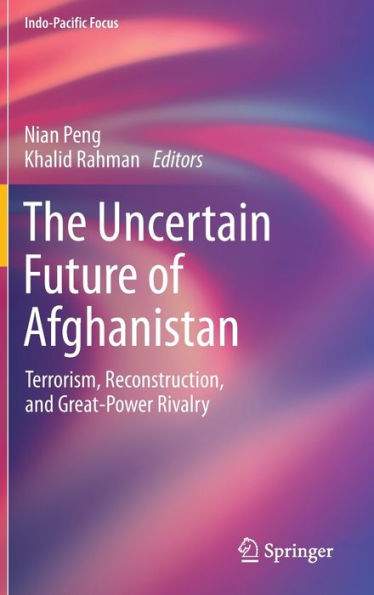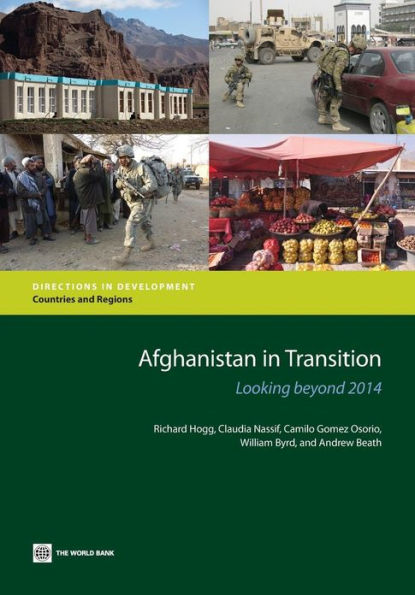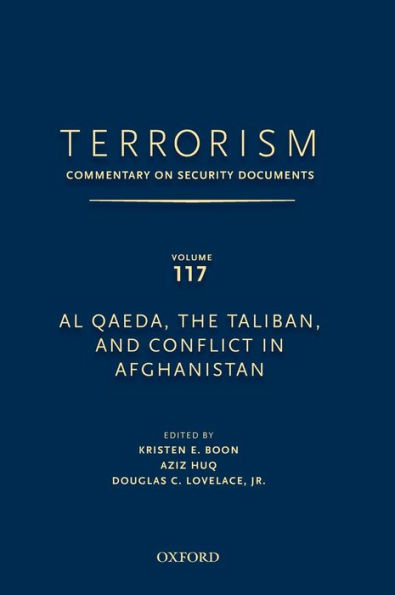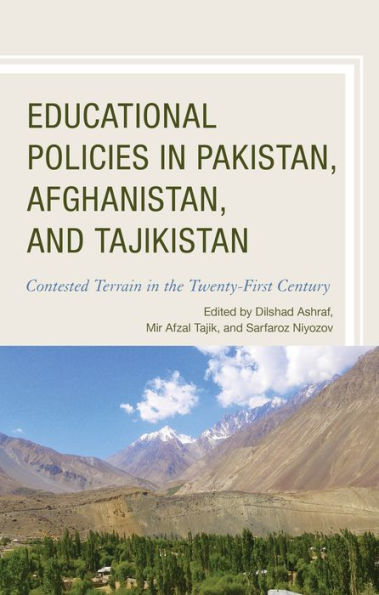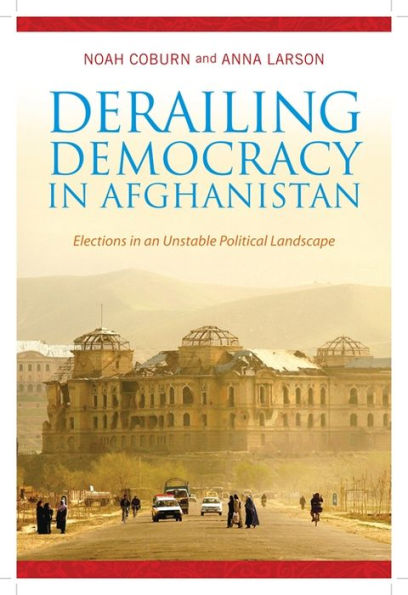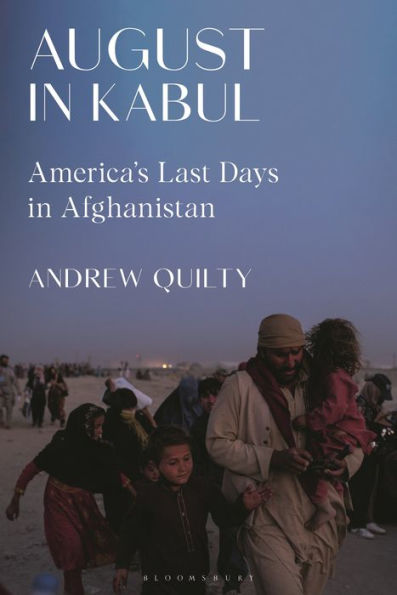Home
Afghanistan: Post-Taliban Governance, Security, and U.S. Policy
Loading Inventory...
Barnes and Noble
Afghanistan: Post-Taliban Governance, Security, and U.S. Policy
Current price: $19.95


Barnes and Noble
Afghanistan: Post-Taliban Governance, Security, and U.S. Policy
Current price: $19.95
Loading Inventory...
Size: OS
*Product Information may vary - to confirm product availability, pricing, and additional information please contact Barnes and Noble
Afghan security forces have lead security responsibility throughout the country, and the United States and its partner countries are in the process of transitioning to a smaller post-2014 mission consisting mostly of training the Afghanistan National Security Forces (ANSF). The number of U.S. forces in Afghanistan, which peaked at about 100,000 in June 2011, has been reduced to just over 20,000. President Obama announced in May 2014 that the United States plans to keep 9,800 U.S. forces in Afghanistan during 2015 mostly as advisers and trainers, with that number, shrinking to 4,900 in Kabul and at Bagram Airfield during 2016. U.S. forces will be joined by about 3,000 partner forces from various NATO and other countries. The post-2016 U.S. force is to be several hundred military personnel, under U.S. Embassy authority. Still, doubts about the ability of the ANSF to operate without substantial international backing have led to recent U.S. alterations of the post-2014 U.S. rules of engagement and debate over the post-2016 force. The post-2014 force was contingent on Afghanistan's signing a Bilateral Security Agreement (BSA) with the United States. A dispute over alleged fraud in the June runoff presidential election resulted in a U.S.-brokered solution under which Ashraf Ghani became President and Dr. Abdullah Abdullah was appointed to a new position of Chief Executive Officer of the government. Ghani and Abdullah took office on September 29, and the U.S.-Afghan BSA was signed on September 30. A similar document was also signed between Afghanistan and NATO. Even though the election dispute was resolved, at least for now, experts remain concerned that Afghan stability is at risk from weak and corrupt Afghan governance. Ghani and Abdullah's disagreements over new Cabinet selections have delayed the appointment of a new Cabinet. U.S. and partner country anti-corruption efforts in Afghanistan have yielded few concrete results, although since taking office, Ghani, has signaled he will prioritize anti-corruption issues. An unexpected potential benefit to stability could come from a negotiated settlement between the Afghan government and the Taliban and other insurgent groups. Negotiations have been sporadic, but in May 2014 produced an exchange of prisoners that included the return of U.S. prisoner of war Sergeant Bowe Bergdahl. Afghanistan's minorities and women's groups fear that a settlement might produce compromises with the Taliban that erode human rights. Ghani's trips to Saudi Arabia, Pakistan, and China since taking office have been intended, at least in part, to invigorate negotiations on a political settlement with the Taliban. Persuading Afghanistan's neighbors, particularly Pakistan, to support the reconciliation process has shown some modest success, although Afghan insurgent groups continue to operate from Pakistani territory. As part of a longer term economic strategy for Afghanistan, U.S. officials seek greater Afghan integration into regional trade and investment patterns as part of a "New Silk Road," and say that Afghanistan might be able to exploit vast mineral resources. Still, Afghanistan will remain dependent on foreign aid for many years. Through the end of FY2013, the United States provided nearly $93 billion in assistance to Afghanistan since the fall of the Taliban, of which more than $56 billion has been to equip and train Afghan forces. The appropriated U.S. aid for FY2014 is over $6.1 billion, including $4.7 billion to train and equip the ANSF, and the FY2015 request is about $5.7 billion. These figures do not include funds for U.S. military operations in Afghanistan. Administration officials have pledged to Afghanistan that economic aid requests for Afghanistan are likely to continue roughly at recent levels (about $1.5 billion per year) through at least FY2017. See CRS Report RS21922, Afghanistan: Politics, Elections, and Government Performance, by Kenneth Katzman.
